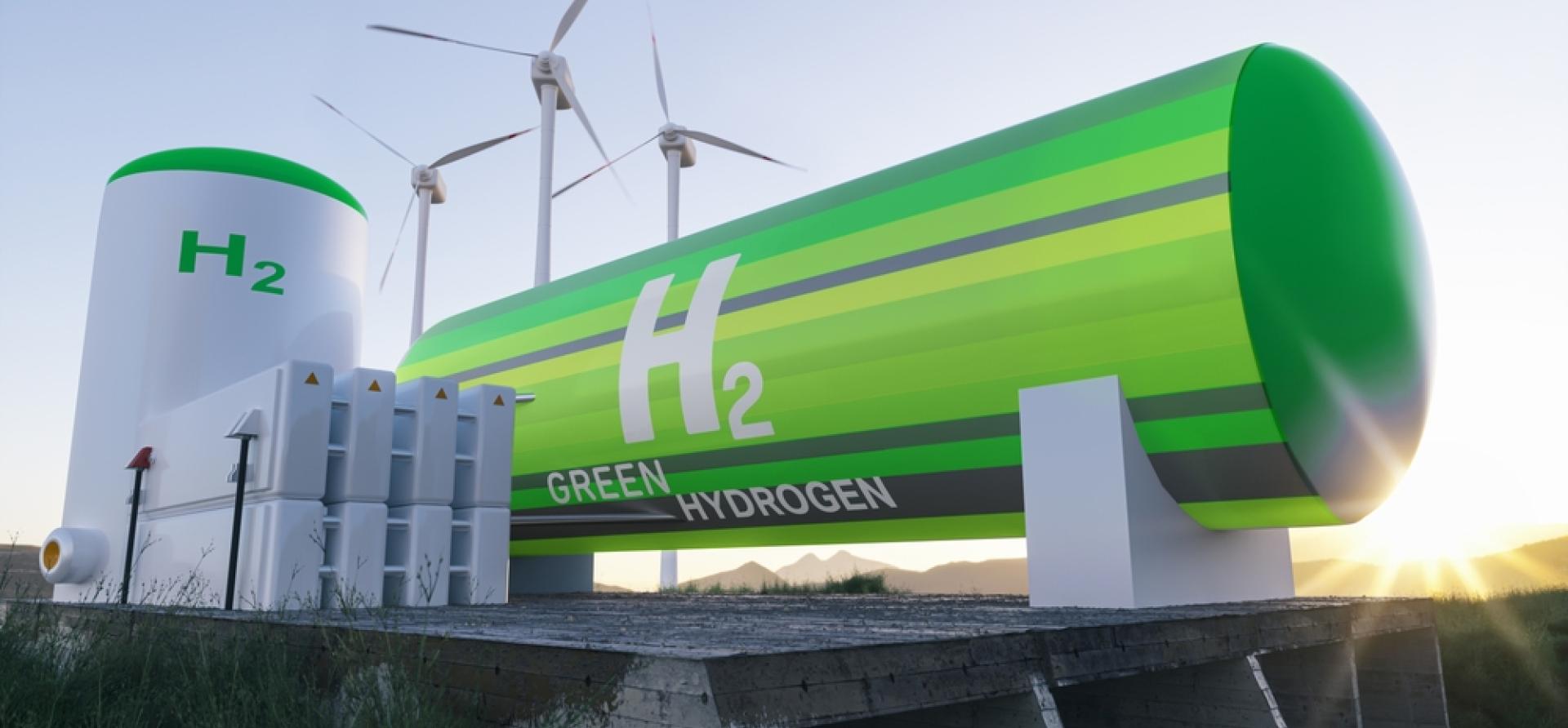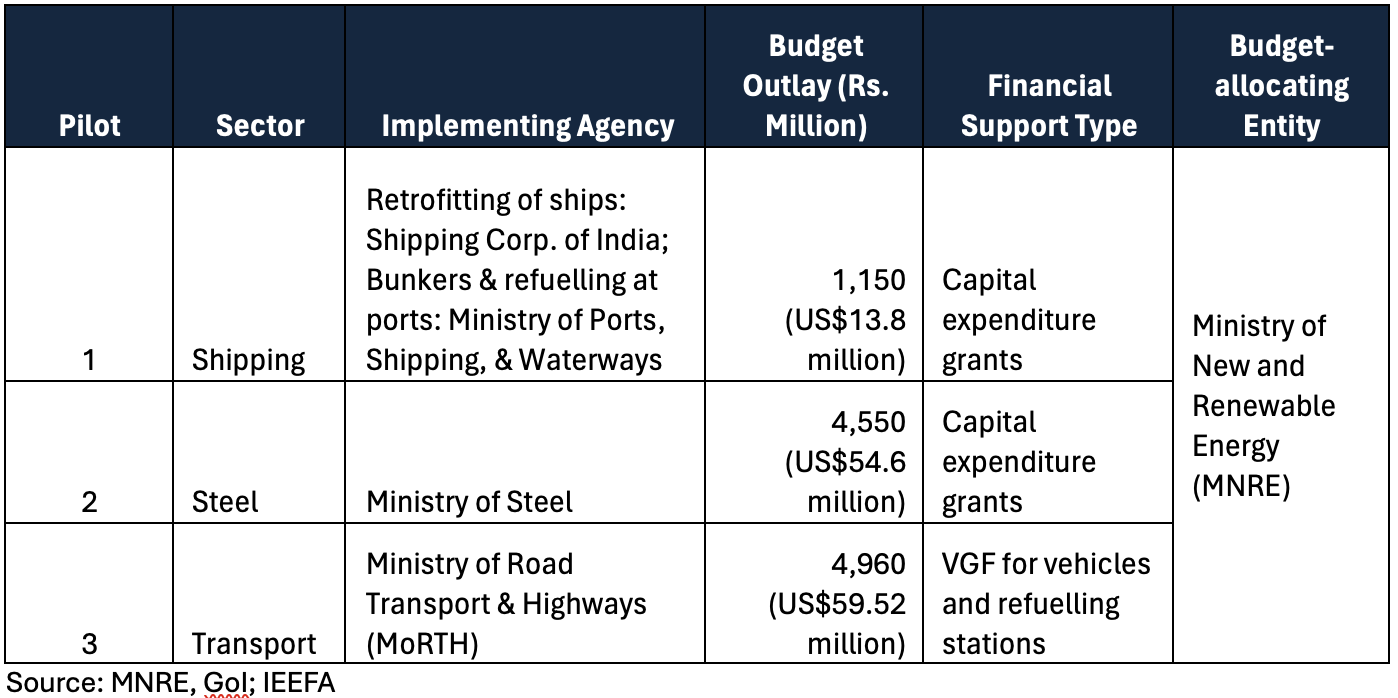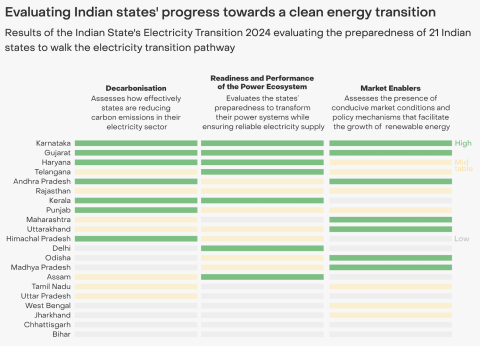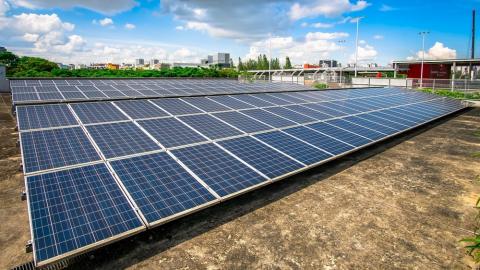India’s green hydrogen charge: Three pilots, one promising story

Key Findings
India launched three pilot projects to test the feasibility of using green hydrogen in shipping, steel manufacturing, and transport sectors. This will be a major step towards demonstrating technical feasibility, developing hydrogen infrastructure, and spurring hydrogen demand from these three emissions-critical sectors.
The Indian government is providing financial support to these pilots in terms of capital expenditure grants to shipping and steel infrastructure upgrades and a viability gap funding for hydrogen vehicles and refuelling stations.
For the success of the pilots, it's important to use replicable technologies, involve the private sector, and collaborate with various stakeholders to share learnings and best practices.
In a matter of 15 days in February 2024, the Government of India issued pilot project guidelines for the use of green hydrogen in three different sectors, namely – shipping, steel manufacturing and transport – with a total budgetary outlay of Rs10,660 million (US$127.92 million). The pilot projects aim to demonstrate green hydrogen’s technical feasibility and performance as a fuel in real-world operational conditions in these three sectors.
The journey so far
India’s green hydrogen story kickstarted with the announcement of the National Green Hydrogen Mission (NGHM) in January 2023 with the grand objective of making India the global hub for producing, consuming and exporting green hydrogen and its derivatives. To achieve this objective, the NGHM aims to produce 5 million metric tonnes per annum (mmtpa) of green hydrogen by 2030, with a further ambition to produce 10mmtpa based on the development of export markets.
The Indian government followed this with a supply-side incentive program, Strategic Interventions for Green Hydrogen Transition (SIGHT), under the NHGM, in June 2023 with an outlay of Rs174.9 billion (US$2,098.8 million). The SIGHT program had two distinct financial incentive mechanisms to support the domestic manufacturing of electrolysers and the production of green hydrogen. The tenders were floated in July 2023, and the results were announced in January 2024. Both the components of electrolyser manufacturing and green hydrogen production were outbid by a huge margin, indicating a high market interest.
The government also defined green hydrogen standards in August 2023, indicating the thresholds that must be met for hydrogen produced to be classified as green hydrogen. While this definition suggests the basic standard of green hydrogen, a detailed methodology for measurement, reporting, monitoring and certification of green hydrogen is yet to be specified.
Regardless, without a doubt, India is aggressively progressing with the 9-point agenda disclosed under the NGHM. The green hydrogen initiatives undertaken so far, especially the three pilots announced last month, are major steps in India’s green hydrogen journey.
Moving ahead with the three pilots
The planned pilot projects in three distinct emissions-critical sectors of shipping, steel, and transport indicate India’s seriousness in advancing the hydrogen economy.
First, by targeting the pilots in hard-to-abate sectors, such as steel manufacturing and shipping, India is attempting a bold move to decarbonise the sectors with the most promising green fuel of the future. Secondly, India is showing its intent to prepare for the carbon-constrained world of the future by attempting to decarbonise steel and shipping, which have global implications.
Thirdly, the country also exhibited its technology-agnostic approach to decarbonising the transport sector by piloting green hydrogen use in transportation. India is promoting the electrification of transport while at the same time encouraging the use of biofuels and other promising fuels like hydrogen.
Table 1: Pilot projects for the use of green hydrogen

Several benefits are expected from the pilots
The planned pilot projects are poised to weave a promising green hydrogen story in India. The following are some of the benefits that will likely accrue from the pilots:
Demonstrate technical feasibility: The pilots could demonstrate the technical feasibility of using green hydrogen in emissions-intensive sectors of shipping, steel and transport. This is particularly critical as some regions of the world are considering market barriers on carbon-intensive steel. Lowering emissions from shipping and transport will also gain traction as businesses and governments globally lean toward regulating Scope 3 emissions in addition to sector-specific emission reduction targets.
Develop infrastructure and establish a hydrogen ecosystem: The pilots might also initiate the first steps in setting up the required infrastructure for hydrogen use in these three sectors. This would entail building refuelling stations, storage and distribution infrastructure for hydrogen. Further, the pilots could expose the gaps in regulations, implementation methodologies and supply chains.
Extend financial support: For the shipping pilot, the program would fund capital expenditure on retrofitting existing ships and creating bunkering and refuelling facilities at ports. The project developer/executing agency has to bear the cost of production of green hydrogen and its derivatives, including the cost of land. Similarly, the programme budget will bear the capital expenditure for the steel pilot, while the developer must bear the cost of hydrogen production and its land requirement. For steel, the government has capped funding at 50% of the total project cost and may extend it to 70% for the direct reduced iron (DRI) applications.
Regarding transportation, the programme will provide financial assistance to close the viability gap in funding for hydrogen-powered vehicles and refuelling stations. The programme will cover both hydrogen fuel cell and internal combustion engine technologies in buses, trucks and four-wheelers.
Overall, the pilot projects aim to bridge the funding gaps in executing the green hydrogen pilot projects. By doing so, the projects aim to establish costs, unlock private capital, and lay the ground for addressing financing challenges in future projects.
Spur hydrogen demand: While India is supporting the manufacturing of electrolysers and the production of green hydrogen through various incentives, it does not yet mandate the use of green hydrogen in any sector of the economy. This has left uncertainty over the offtake of the relatively expensive green hydrogen. In this context, the three pilots planned for promising hydrogen-consuming sectors may kickstart the demand for green hydrogen from these sectors.
Capture lessons: Implementing agencies will likely disseminate the learnings from the pilot projects through a project completion report, monitoring reports, workshops and publications containing findings and best practices. These well-documented findings should help future projects in these sectors and beyond.
Important considerations for the success of the pilots
Ensure replicability: The pilot projects should use technologies and operating parameters that can be replicable at scale in the near future. The projects should demonstrate electrolyser and green hydrogen production and storage technologies that are readily available in the market or will be available soon. Site selection should also keep replicability in mind.
Involve the private sector in ecosystem development: A public sector undertaking like the Shipping Corporation of India may execute the pilots. However, there should be efforts to involve private sector entities wherever possible in the supply chain to accrue wide-reaching benefits. A true public-private partnership in these pilots will enhance capabilities across the green hydrogen supply chain.
Involve a wide variety of stakeholders for dissemination of learnings: Collaboration among government ministries/agencies, public sector undertakings, private sector companies/ investors, technology providers, civil society organisations, academia and local communities is essential for meeting the expectations from the pilot projects. Collaboration for executing the projects, monitoring and recording the learnings and, finally, disseminating the findings are crucial for the success of these projects.
(The article was first published by iamrenew.)












